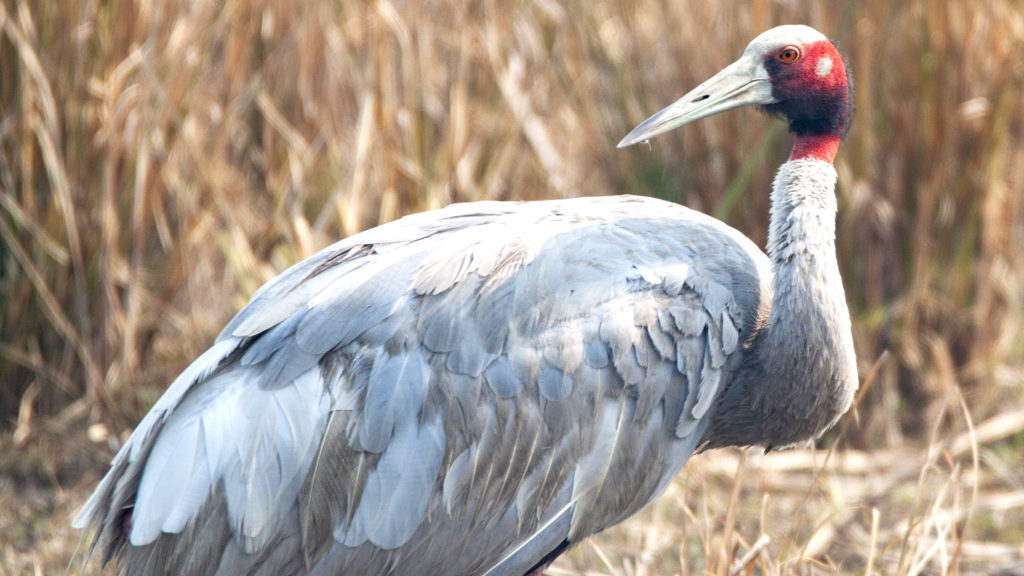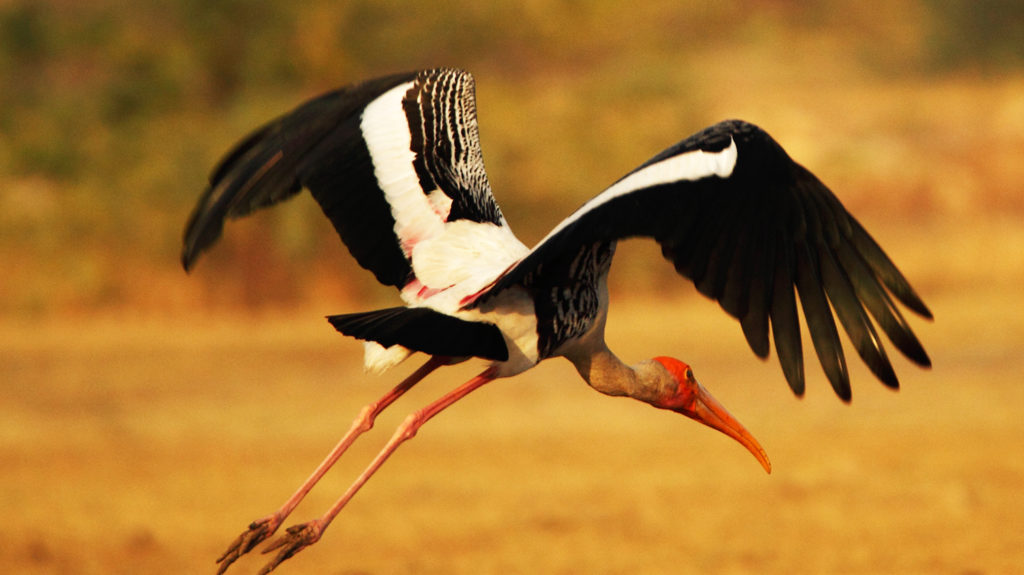The Thol Bird Sanctuary is a shallow fresh-water lake that is known to play host to several local and migratory birds. It is surrounded by marshy land along with dense shrubs and trees. The aquatic vegetation in the lake and the fertile land and fields around it serve as excellent feeding grounds for the birds that inhabit this lake.
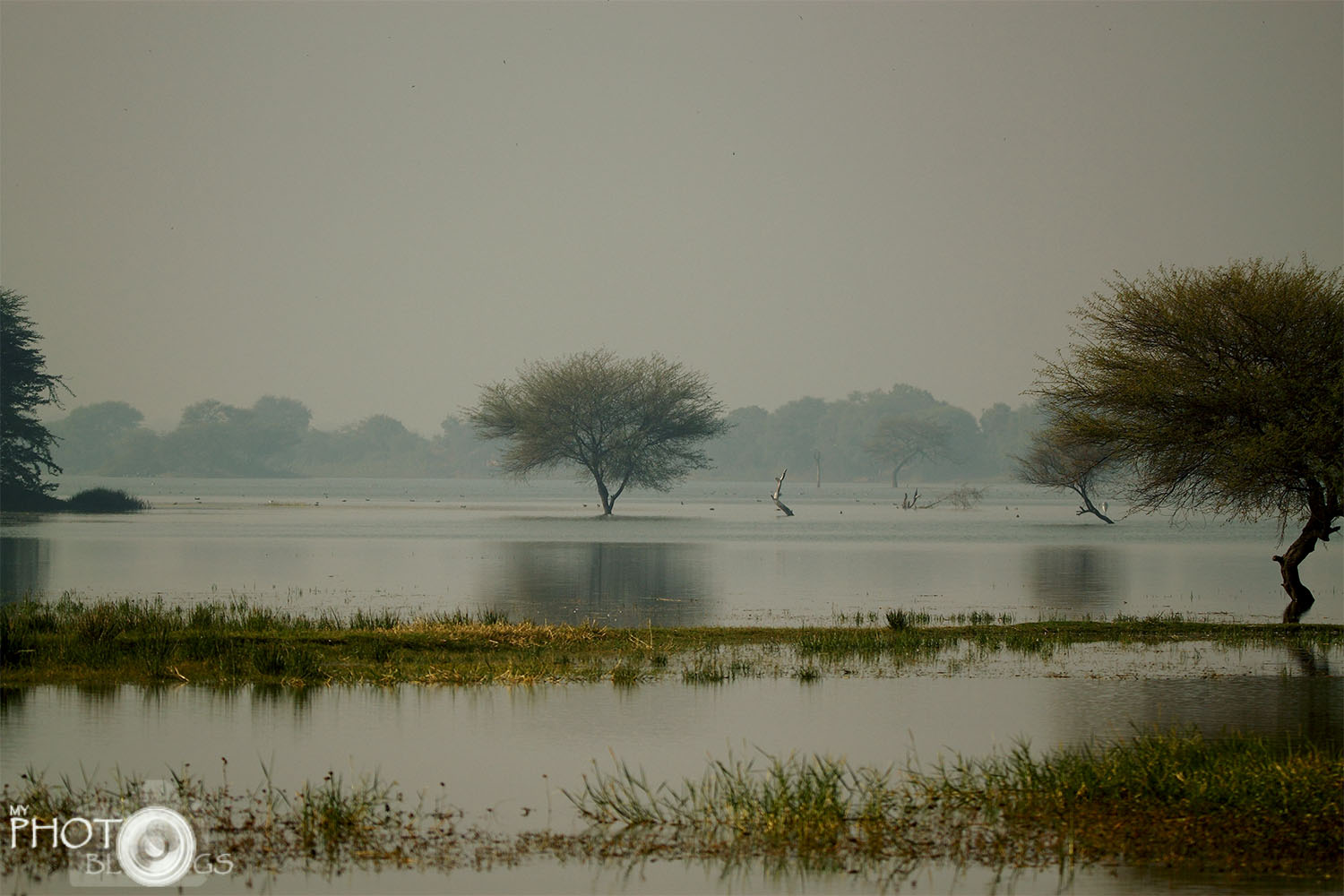
After having been created artificially in the early 1900’s to supply irrigation water to the surrounding villages, this lake was declared a Bird Sanctuary in 1988. Today, it is home to over 100 species of local and migratory birds which nest and breed along the periphery of the lake.
The Thol lake which is located just 30 kms from the city of Ahmedabad is accessible by road and as a result it is regularly frequented by picnickers and photographers alike. We however noticed that not all photographers at the lake were there for its birds rather they were occupied with pre-wedding and portfolio shoots.
While we were hoping to catch a glimpse of some large birds like Flamingos, Pelicans, Cranes including the Sarus Cranes, we were in for some bad luck as none seemed to be around. And since, we did not intend to stay for long, we decided to walk along the lake’s periphery to shoot some pics. While we did some photography, there weren’t any great shots or stories to tell.

The Yellow Wagtail which is also called as the Western Yellow Wagtail, roosts on trees, swamps and tall grass.

The Yellow Wagtail spends much of its time walking or running on the ground and as its name implies, it wags its tail from time to time.
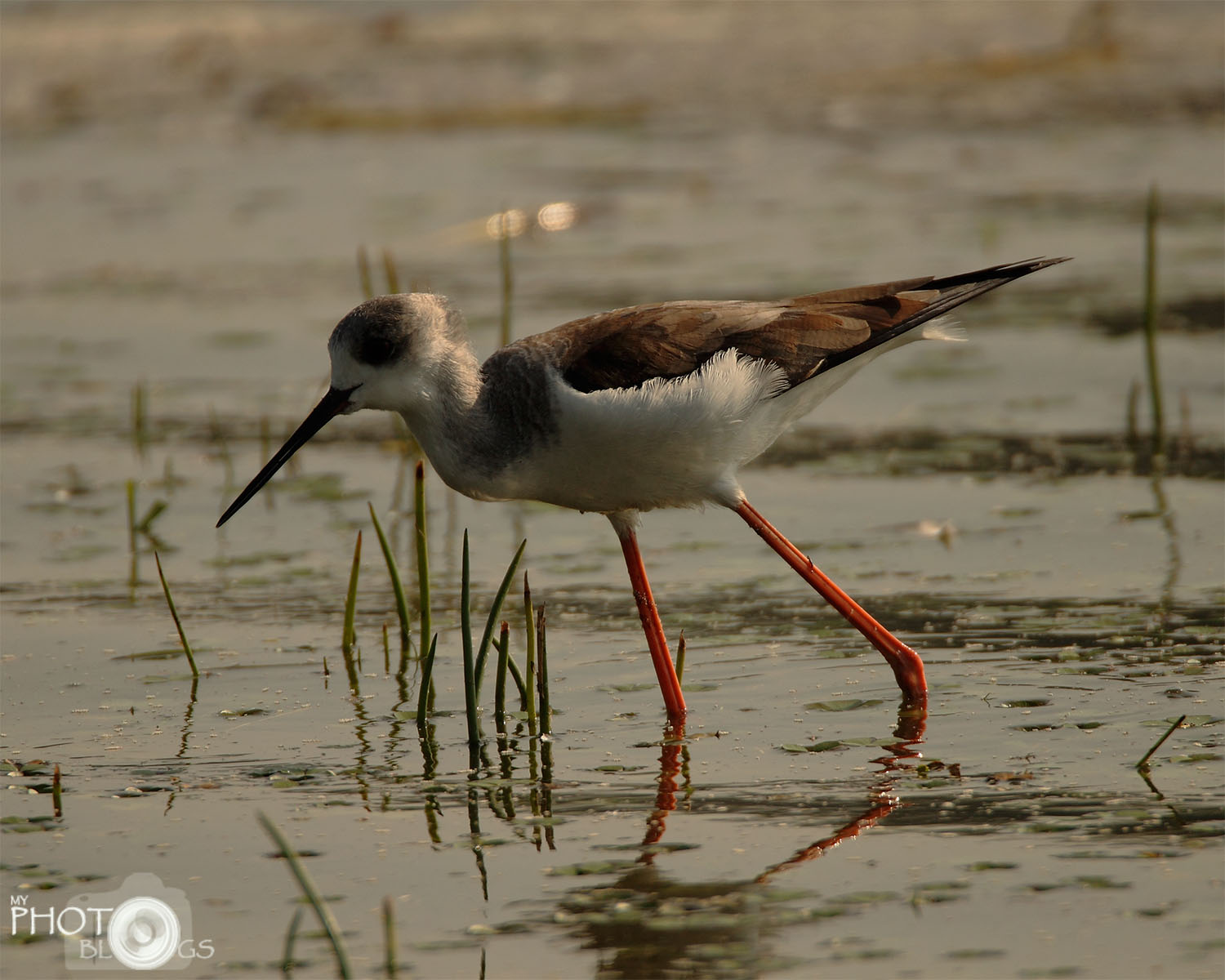
The Black Winged Stilt is generally found on the shores of inland water bodies or coastal habitats.

A Black Winged Stilt, also called Common Stilt or Pied Stilt has long distinctive legs that make up 60 per cent of its height.

Present in abundance in India, the Great Eastern Egret is also called as the White Heron.

The Grey Heron can be identified by its grey colouration, distinctive black strip across its eye and a black belly.
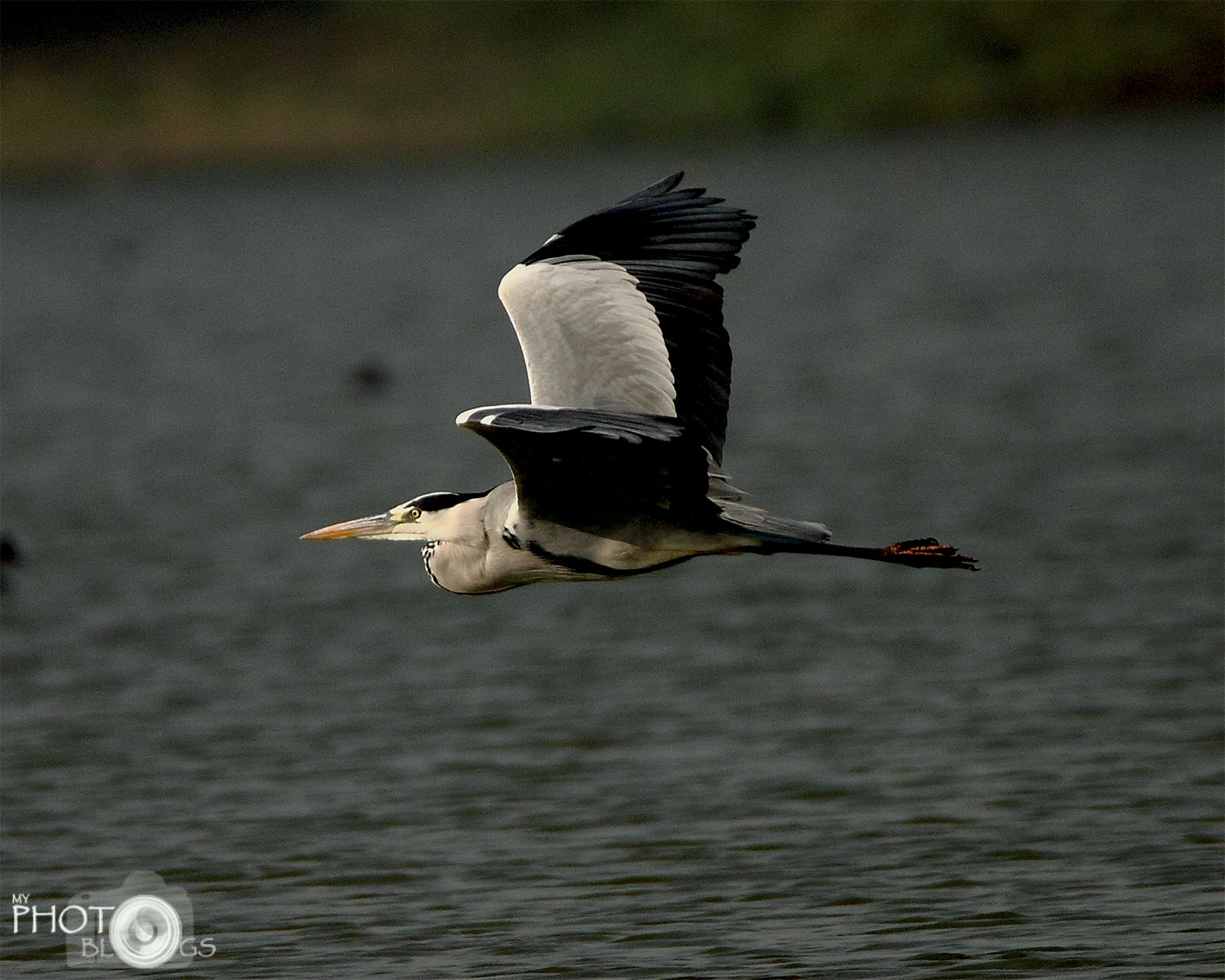
Herons retract their necks while in flight and this helps distinguish them from cranes and other large birds which generally stretch out their necks while flying.

The female Mallard Duck is smaller than its male counterpart and unlike the male with its iconic green head, has a brown speckled plumage.

The Mallard Duck is a dabbling duck that is often found head dipping or completely upending in the water.

The Comb Duck or Knob-Billed Duck gets its name from the large, fleshy, grey growth on the top of the male’s black beak.


